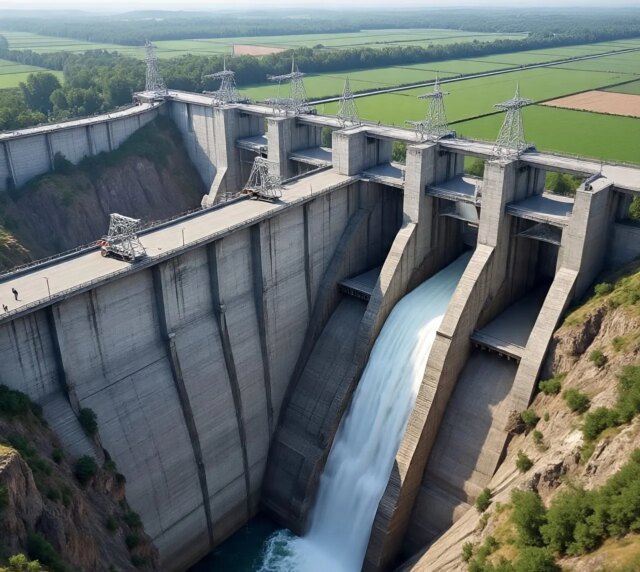Srinagar, Oct 9: After years of delay, the Union Ministry of Environment, Forest, and Climate Change has granted environmental clearance to the long-pending Sawalkote hydropower project on the Chenab River in Jammu and Kashmir.
“The 40th meeting of the Expert Environmental Appraisal Committee (EAC) for river valley and hydroelectric projects was held on September 26, and the final approval was accorded on Thursday,” an official said.
Officials said the Centre’s environmental panel held extensive deliberations before giving the nod.
“EAC has recommended environmental clearance without requiring fresh cumulative impact or carrying-capacity studies – assessments typically mandated to evaluate the combined effects of multiple projects within a river basin,” an official said.
The exemption is expected to fast-track the project’s execution.
The approval comes as India has suspended the Indus Waters Treaty (IWT) following the April 2025 Pahalgam terror attack, placing renewed focus on harnessing the Chenab’s hydropower potential.
According to official reports, the project, run by NHPC, is designed as a 1865-megawatt hydropower station involving the construction of a 192.5-meter concrete gravity dam and a reservoir spread over more than 1100 hectares.
Once completed, Sawalkote will be among the largest hydropower projects on the western rivers of the Indus system.
In June, the Ministry of Home Affairs (MHA) described the project as “of strategic significance,” urging the Environment Ministry to expedite approval.
The Ministry of Power also cautioned that new basin-wide studies “may have implications on the already initiated clearance processes.”
The Forest Advisory Committee (FAC) had earlier granted an exemption in July, pointing out that guidelines for cumulative studies were introduced in 2013, while Sawalkote was first initiated in 1984, and the rules could not be applied retrospectively.
The project will divert 846 hectares of forest land across Udhampur, Ramban, Reasi, and Mahore districts and require the felling of more than 2.22 lakh trees, over 1.26 lakh of them in Ramban alone.
The dam will be built in two stages, generating 1406 MW and 450 MW.
Environmentalists in J&K have raised concerns over the project’s ecological impact.
In a 2016 submission to the State Pollution Control Board, they argued that it was “misleading” to classify Sawalkote as a run-of-river project, given that its large reservoir would alter natural river flows and submerge vast tracts of land.
They also noted that the Chenab already hosts several major dams, including Dulhasti, Baglihar, and Salal.
NHPC has said it updated baseline environmental data to meet current requirements, collecting new primary data during the 2022 monsoon, the 2023 winter, and the 2023 pre-monsoon seasons.
The company said the updated data addresses concerns that the original 2016 environmental studies were outdated.
Experts warn that large dams like Sawalkote can affect downstream river flow, fish migration, and sediment transport, potentially destabilising river channels and farmland along floodplains.
Large reservoirs in steep Himalayan valleys may also heighten the risk of slope instability and landslides.
The Environment Ministry’s own guidelines require projects that fail to secure in-principle forest clearance within 18 months to update their baseline studies.
Sawalkote has faced decades of delay due to Centre-state disputes and objections under the Indus Waters Treaty.
Pakistan had previously sought information about the project, but India declined, noting that the treaty only required notification six months before construction began.
With the treaty now suspended, the government has placed Sawalkote among its strategic infrastructure priorities.
Tenders for several components have already been floated, making the project a test case for balancing national security and environmental protection.
For communities along the Chenab, the project promises electricity and jobs, but also the loss of forests, land, and river habitats that have shaped local life for generations.








